The Development of Mixed-Use Spaces in Australian Cities
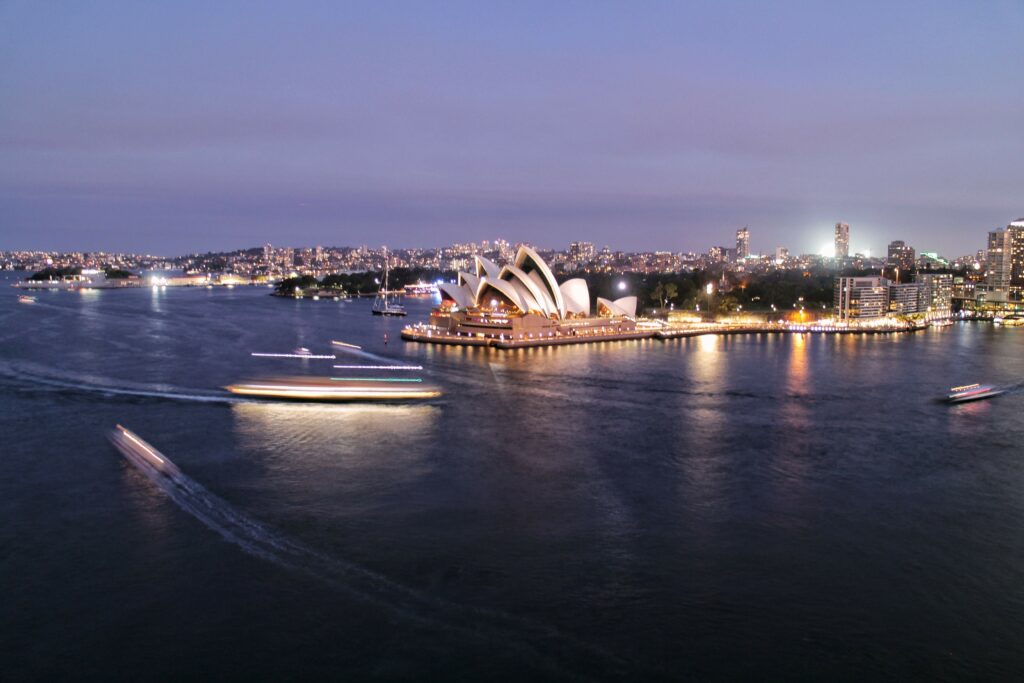
Australian towns are seeing a tremendous transition in their urban environments as their urban populations continue to rise. The growth of mixed-use complexes is an important trend that has gained pace in recent years. These developments are changing how people live, work, and interact in urban settings by combining residential, commercial, and recreational areas. In this essay, we’ll examine the causes of the rise in mixed-use construction in Australian cities and go through the advantages they provide for locals, companies, and the society at large.
Meeting Urban Living Demands: The popularity of mixed-use complexes in Australian cities has been spurred by the rising desire for accessibility and convenience. Residents may enjoy a self-contained urban lifestyle with a wide variety of services, such as retail stores, restaurants, entertainment venues, and offices, all within walking distance. These complexes are widely sought after by those looking for a live-work-play environment because the integration of various land uses fosters a feeling of community and removes the need for lengthy commutes.
Maximizing Land Use Efficiency: In cities with limited land, mixed-use projects make effective use of the available area. Using vertical integration, developers may maximize the use of expensive urban real estate. With this strategy, population density may be increased without lowering standard of living. Cities in Australia are embracing this idea, especially those where there is a considerable need for urban housing and commercial space. A way to handle population increase while better utilizing the available land resources is through mixed-use complexes.
Promoting Sustainable and Vibrant Communities:
Buildings with a mix of uses help build thriving, sustainable communities. These initiatives promote social interaction, cultural exchange, and a sense of belonging by bringing many groups of people together in one location. The sustainability is further enhanced by the presence of green areas, pedestrian-friendly architecture, and public transit alternatives. Residents may benefit from a more sustainable and ecologically friendly urban lifestyle thanks to reduced reliance on cars, enhanced walkability, and improved access to facilities.
Benefits from an economic standpoint: Mixed-use projects have a number of benefits. Developers may diversify their revenue sources and reduce risks related to changes in the real estate market by integrating residential and commercial space. Additionally, the existence of enterprises inside these projects fosters the creation of job opportunities and the expansion of the economy. A variety of enterprises, including small local firms, startups, and bigger multinationals, are drawn to mixed-use complexes, supporting a vibrant business environment.
Mixed-use developments are essential to the efforts being made to regenerate and revitalize metropolitan areas. These initiatives revitalize communities by converting vacant or underused spaces into lively, multipurpose places. They draw capital, raise property values, and promote more development in the neighborhood. Mixed-use projects stimulate progress by transforming underutilized urban areas into lively activity centers.
The growth of mixed-use projects in Australian cities reflects the changing demands and tastes of city residents. These changes provide an appealing response to the problems caused by growing urbanization, encouraging sustainable living, thriving communities, and economic progress. Mixed-use complexes will surely be crucial in determining how Australian cities will live in the future as they expand.


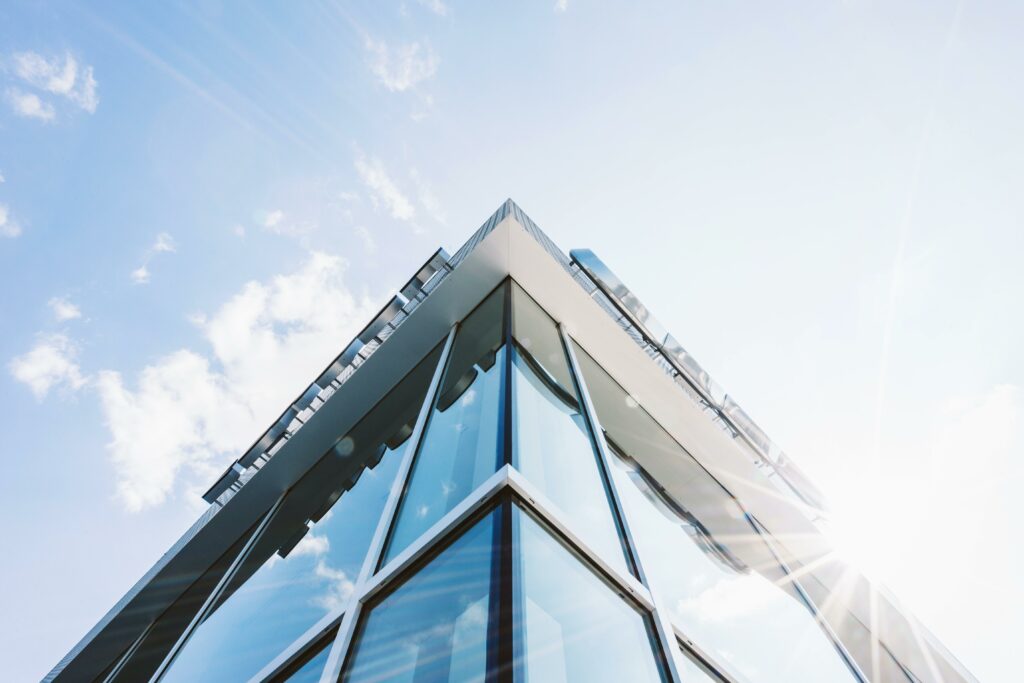
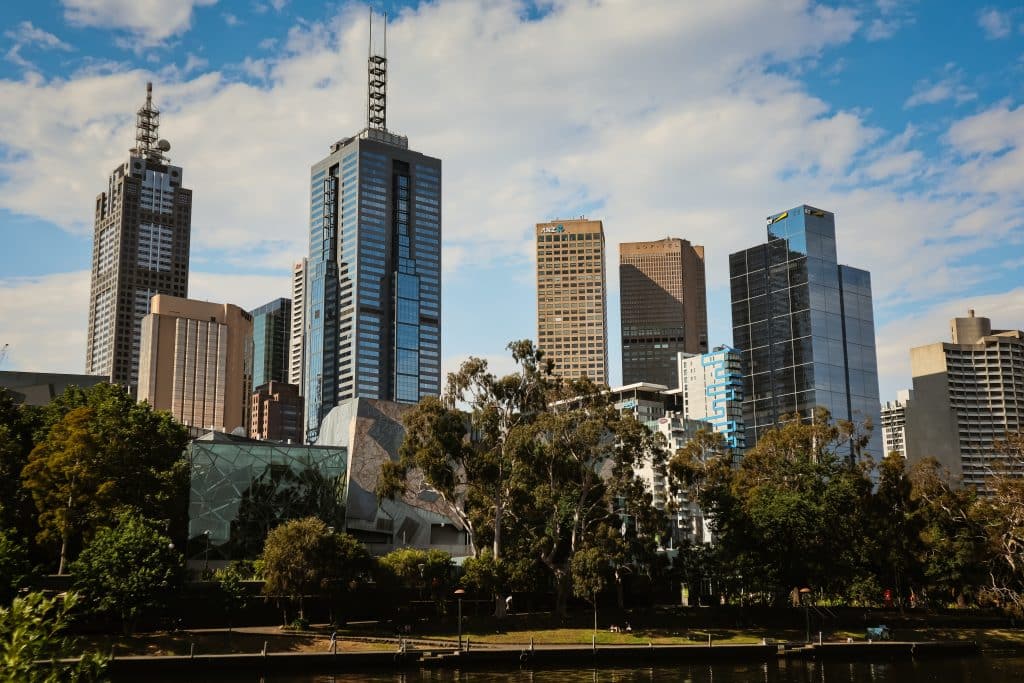
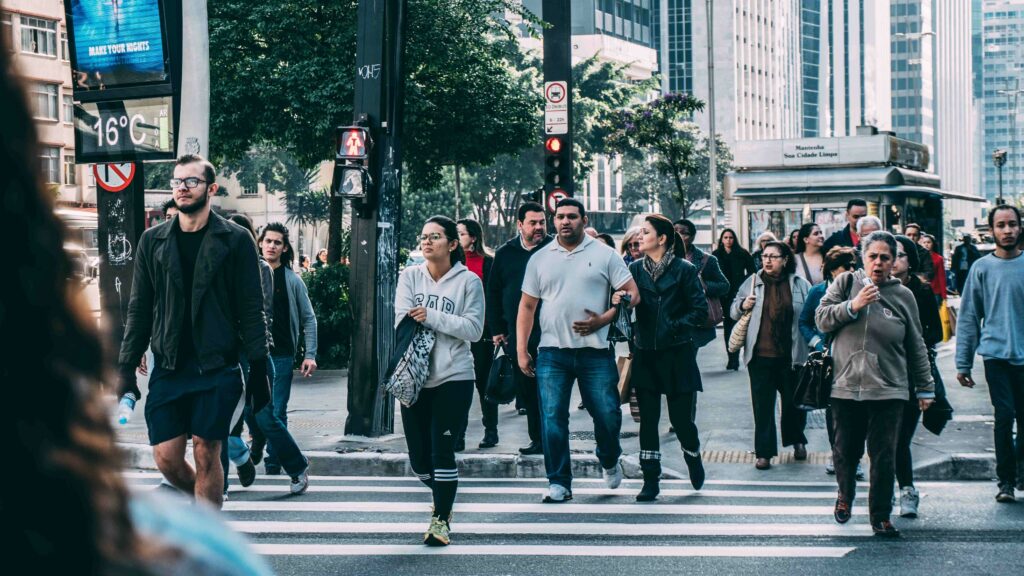
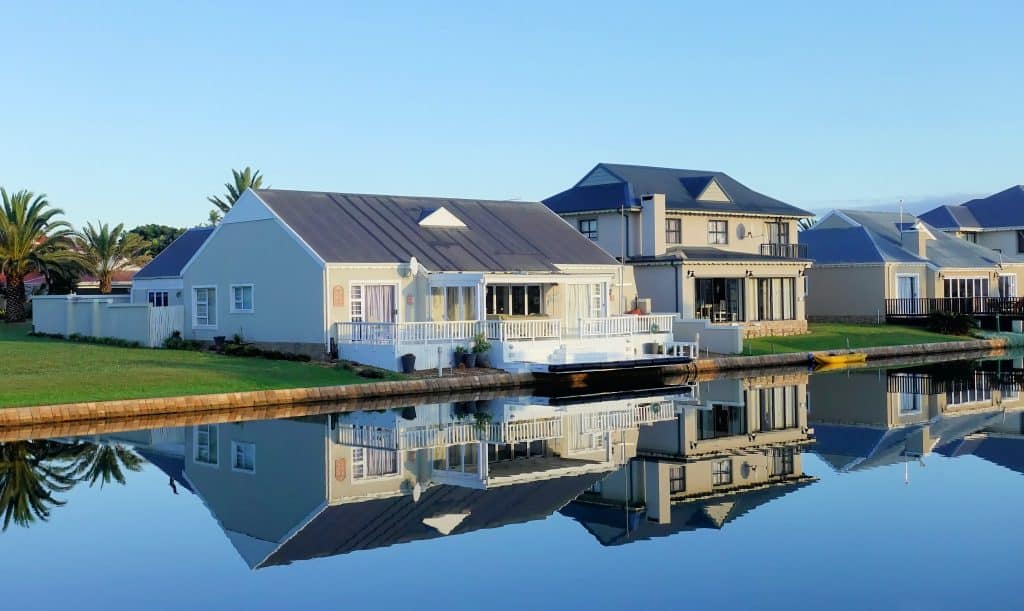
Responses